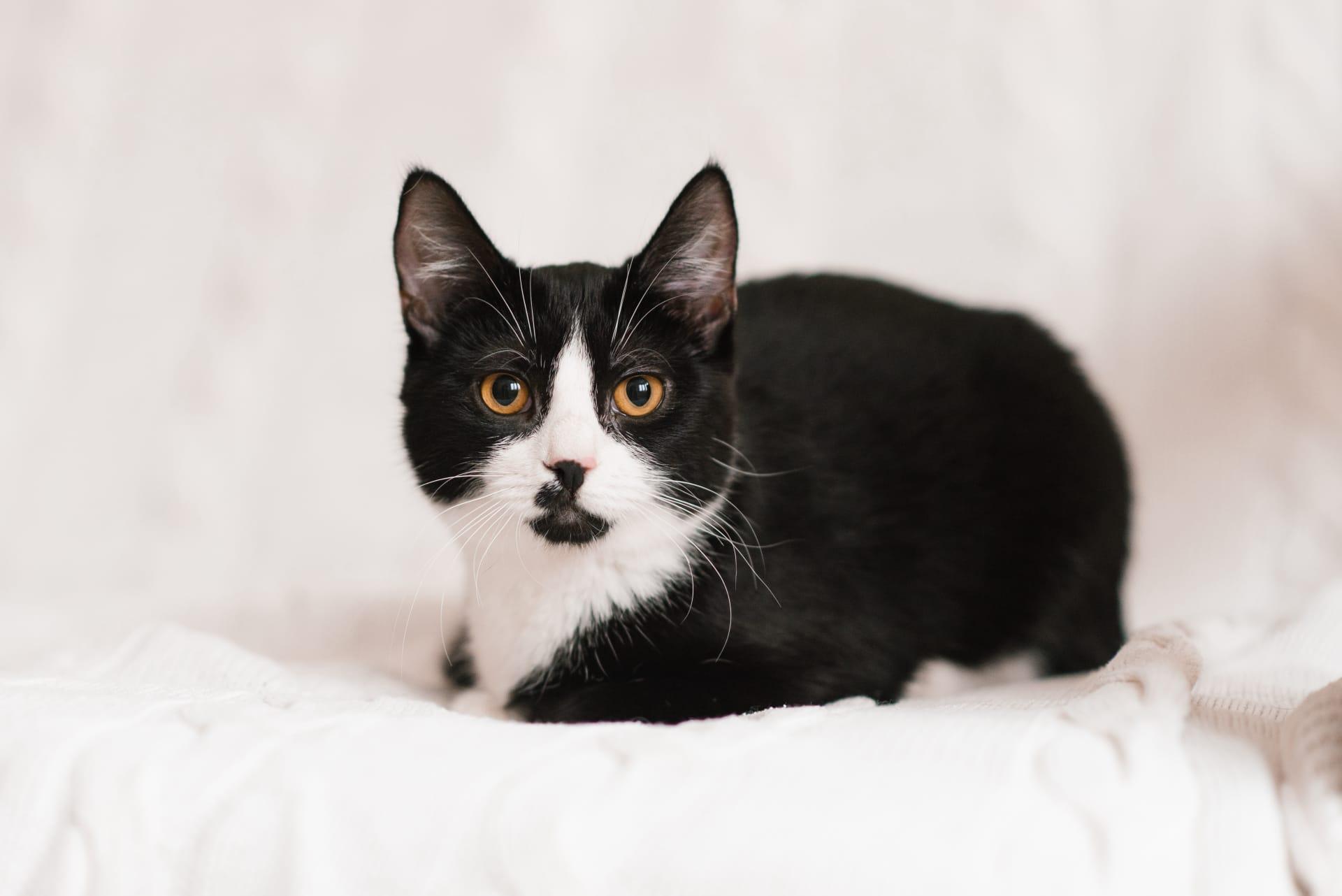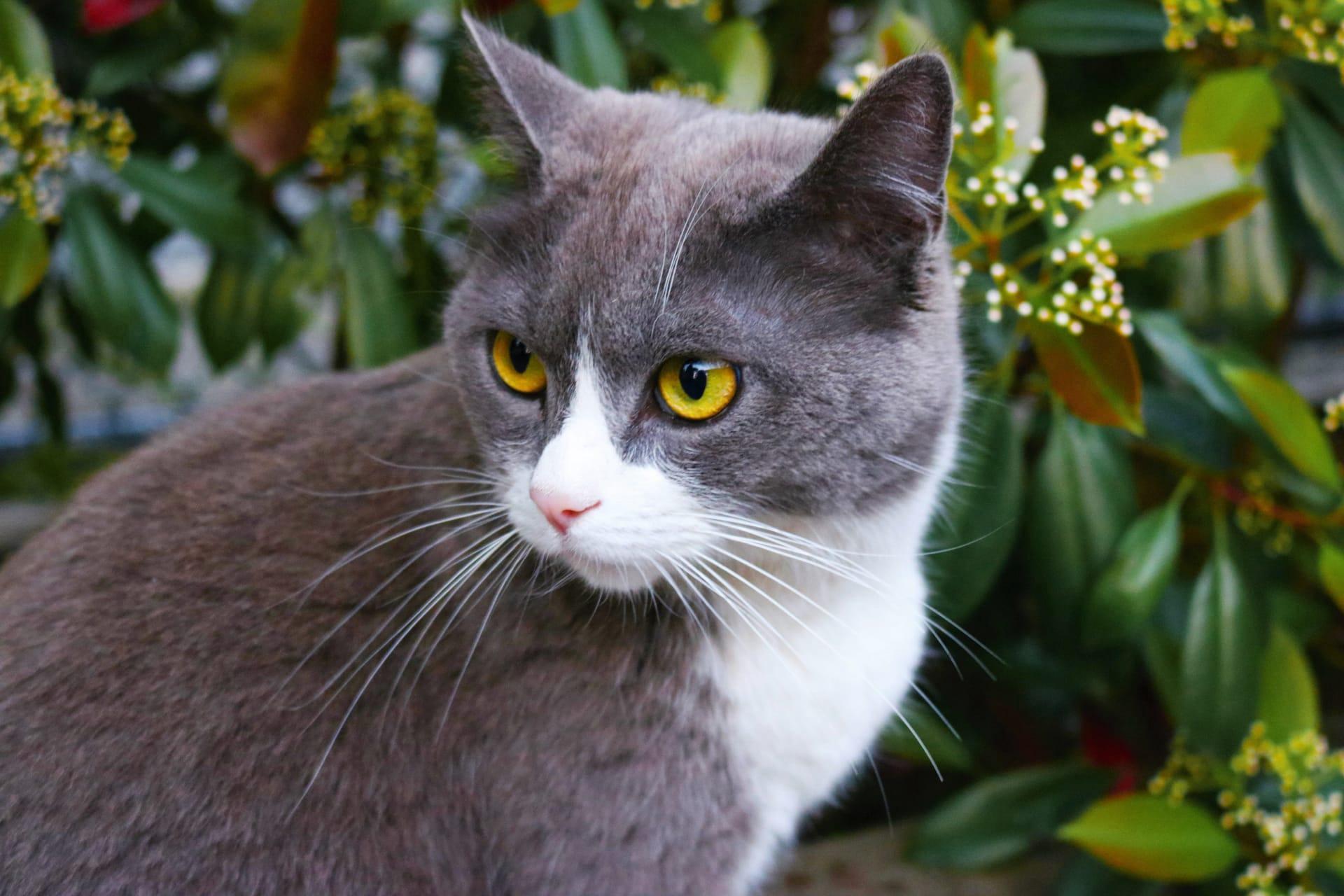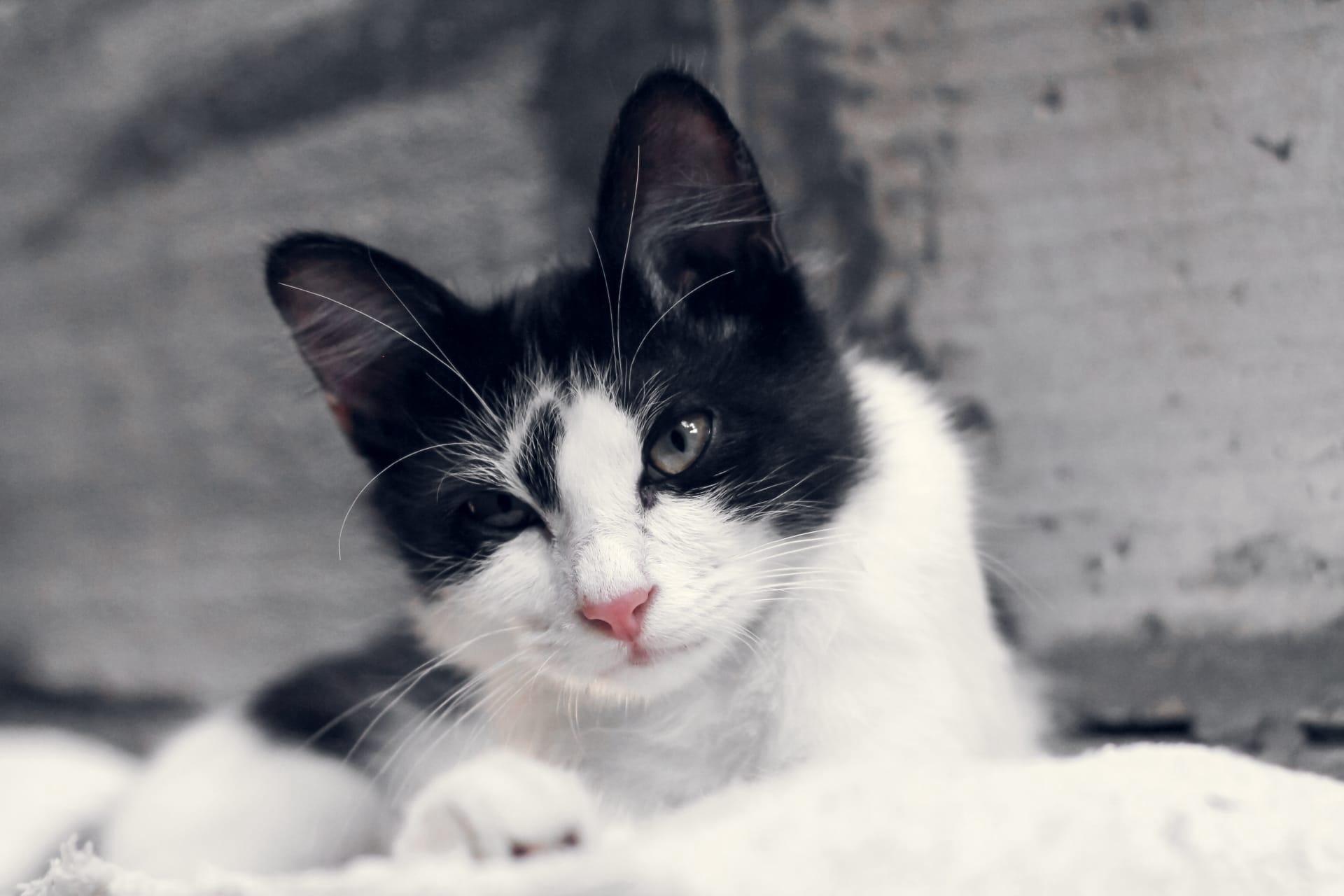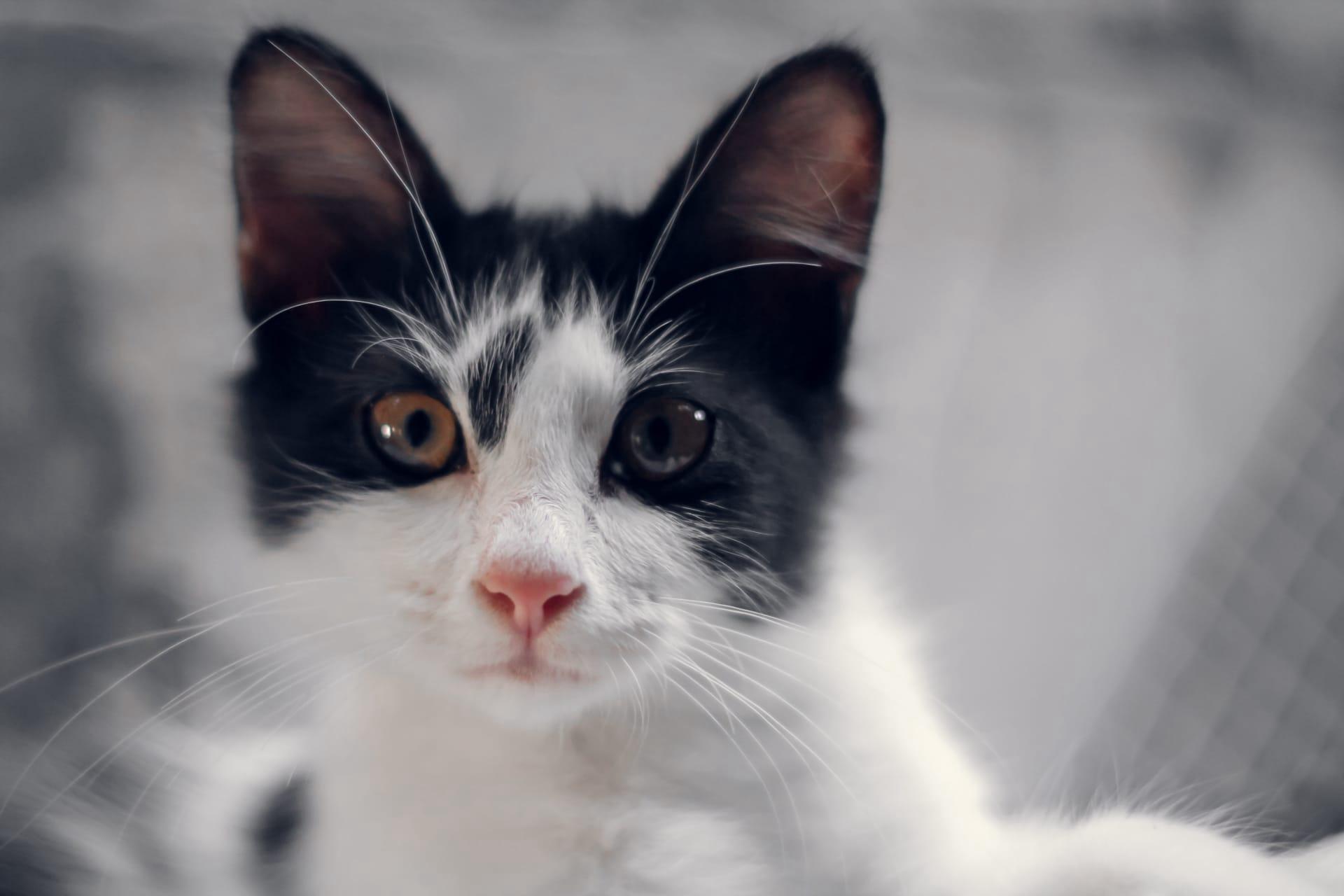Manx Cat
- Home /
- Mini Encyclopedia /
- Animal /
- Manx Cat
1
The Manx cat is a unique breed, recognized for its distinctive taillessness, which is the result of a genetic mutation. This breed falls under the domestic cat (Felis catus) category, belonging to the family Felidae. The Manx cat's most notable feature is its varying tail length, ranging from completely tailless, known as "rumpies", to a short stub, termed "stumpies". Their robust body, round head, and wide-set eyes further distinguish them, alongside a double coat that can vary in color and pattern.
The Manx cat is native to the Isle of Man, located in the Irish Sea between England and Ireland. However, its popularity and distinctive characteristics have led to a worldwide distribution. Initially confined to the island, their breeding and the allure of their unique tailless feature have propelled them across borders. Today, Manx cats are found in numerous countries, thriving in homes that appreciate their friendly and companionable nature. Despite their global presence, the Isle of Man remains the epicenter of Manx cat pride, with the breed playing a significant role in local culture and folklore.

2
Question: Is the tailless trait of Manx cats the result of human breeding practices?
Answer: Contrary to some beliefs, the tailless trait of Manx cats is not a result of human breeding practices but rather a natural genetic mutation. This mutation affects the T-box gene, which is responsible for tail development. While selective breeding has enhanced the trait, the initial occurrence was entirely natural. Moreover, the gene responsible for the lack of a tail can lead to health issues, such as spinal problems, making ethical breeding practices crucial to ensure the health and well-being of Manx cats.

3
Manx cats have a storied history of living alongside humans, benefiting from mutual companionship. Known for their sociable and affectionate nature, they make excellent pets for families and individuals alike. Their origin on the Isle of Man fostered a strong bond between these cats and the local human population, a relationship that has only grown as the breed has spread globally. Their playful yet gentle demeanor makes them adaptable to various living conditions, whether in a bustling family home or as a loyal companion to a single owner.
Their intelligence and mousing skills have also made them valuable to humans historically, particularly in rural settings. Manx cats have been prized for their ability to control rodent populations, a trait that not only benefited farms and homes but also solidified their place as favored pets. This utility, combined with their affectionate nature, has led to a deep-seated respect and love for the breed, furthering their integration into human lives and stories.

4
The origins of the Manx cat are shrouded in myth and legend, with tales suggesting their taillessness was the result of various whimsical occurrences. However, the scientific explanation points to a spontaneous genetic mutation that occurred on the Isle of Man several centuries ago. The breed's isolation on the island and the subsequent inbreeding among the small cat population cemented the tailless gene within the breed.
Over time, the Manx cat's distinctive appearance and personality traits have been refined through selective breeding, albeit with careful attention to health and genetic diversity. This evolutionary journey has not only highlighted the breed's physical characteristics but also their robust health and adaptable nature. Despite the challenges posed by their unique spinal structure, responsible breeding practices have allowed Manx cats to thrive as both working animals and beloved companions.

5
Film: A notable documentary titled "Tailless Wonders: The Manx Cat" was produced in the United Kingdom in 2015. This film delves into the unique biology and cultural significance of Manx cats, exploring their history on the Isle of Man and their spread across the globe. Through interviews with breeders, veterinarians, and cat enthusiasts, it provides a comprehensive look at the breed's challenges and charms.
Book: "The Manx Cat: A History and Guide" by Elizabeth Roberts, published in the United States in 2010, offers an extensive overview of the Manx cat's origins, characteristics, and care. Roberts, a renowned feline historian, combines scientific research with anecdotal stories to present a detailed portrait of the breed, making it an essential resource for both Manx cat owners and enthusiasts.
Book: Another significant work is "Manx Cats: The Tailless Breed" by Laura Greene, released in Canada in 2013. Greene's book focuses on the breed's health, behavior, and breeding practices, providing practical advice for current and prospective Manx cat owners. Her exploration of the genetic aspects of the tailless trait and its implications for the breed's health offers valuable insights for those looking to understand or care for a Manx cat.